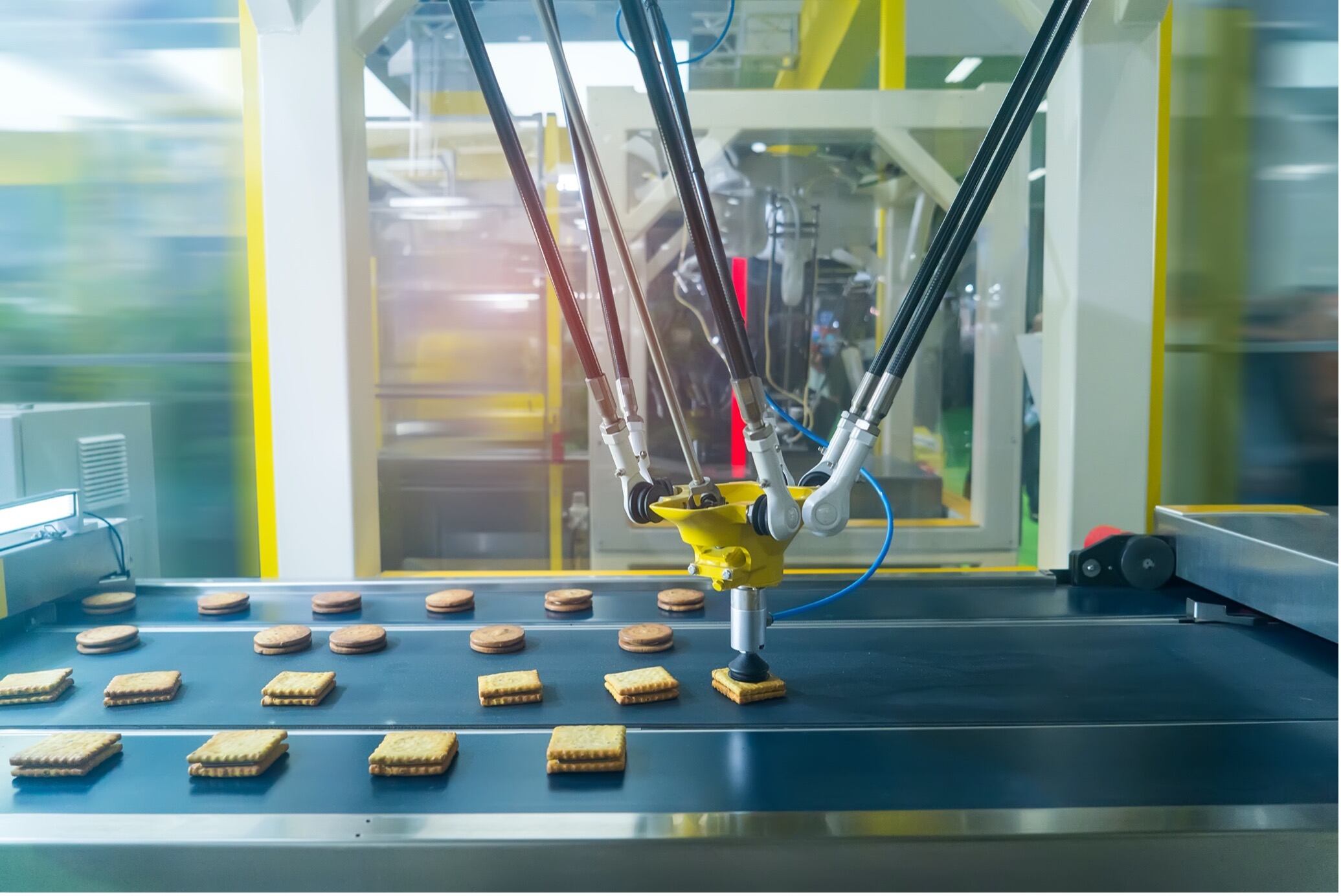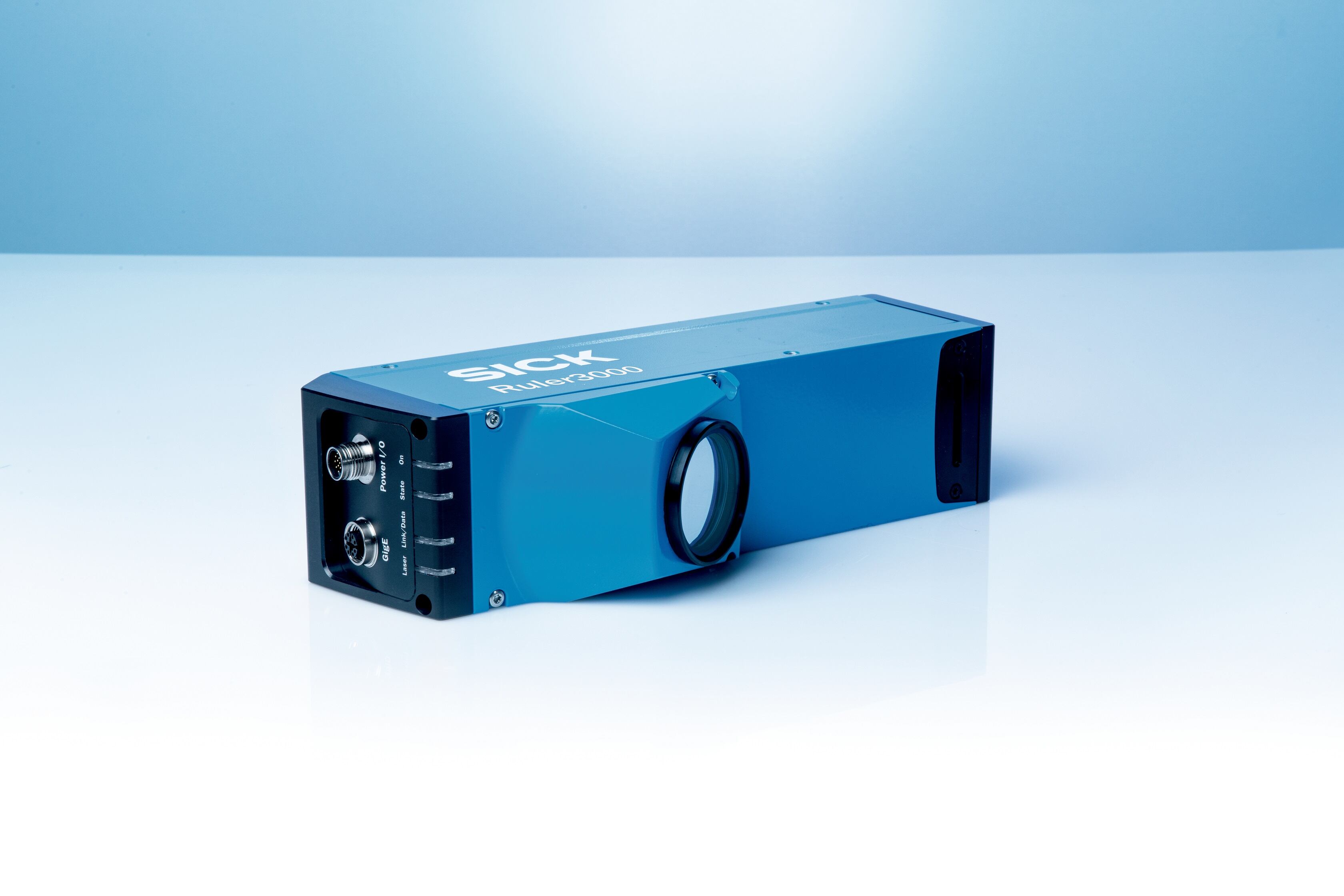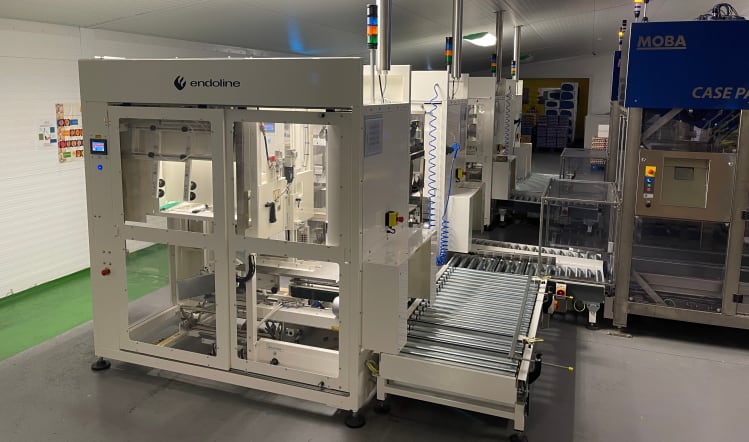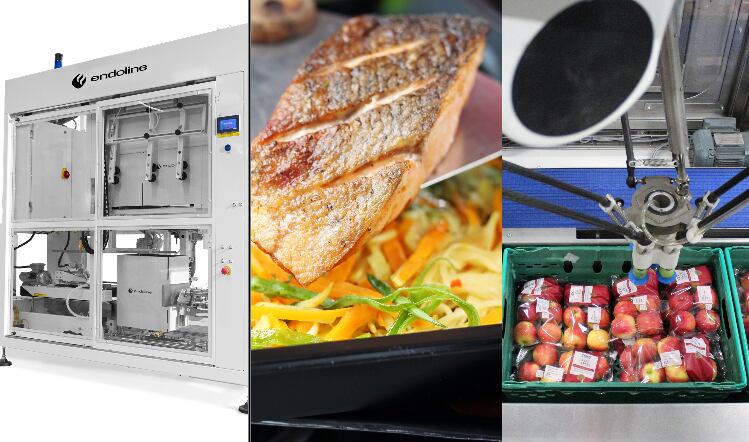Emerging robot technologies would be more accessible for food firms due to a global trend toward ‘proven robotics’ that had reduced booth cost and complexity of implementing robots, the company claimed.
The research identified three key factors driving the trend – the maturation of robot technologies, a price drop in robot technologies and a doubling of global availability of suppliers. More information can be found in the box below.
Availability of robotics tech
- A range of robot technologies have reached a mature stage – according to the British Automation & Robot Association (BARA), the UK food and beverage sector is the second highest purchaser of robots.
- Prices of robot technology are falling – by 2025 prices are expected to have fallen by 76 % since 2010.
- Global availability of suppliers and solutions has more than doubled in the last twenty years.
Commenting on the findings, HowToRobot chief executive Søren Peters said: “Automation used to be exclusively for custom machine builders, developing a new solution for every project.
“In the last five years however, many new robot technologies have reached a level of maturity and price point where they can be standardised, meaning lower cost and quicker implementation. Food and beverage SMEs can now adopt these technologies on a larger scale.”
However, while the density of robots in factories around the world increased by 71% from 2015 to 2019, most manufacturing companies were still not using them.
HowToRobot attributed this to a lack of knowledge from manufacturers – only one-in-five small businesses had conducted proper market research prior to investing in robots.
“Very few businesses are fully aware of what’s available in the market today, hence the same solutions are often reinvented through expensive and time-consuming development projects,” Peters added.
“In addition, the technology supply locally is often very limited which has historically held back investments, but we see an increasing trend of companies sourcing robots and related services from the fast-growing global market. The rise of digital marketplaces is opening up the global robot market for SMEs.”
Examples of growth in new robotic technologies
- Autonomous Mobile Robots (AMRs) that can navigate freely in environments with people and handle a range of logistics tasks
- Pick and place robots that used to handle only large volume production, can now handle small batches more commonly needed by SME’s
- The market for collaborative robots is expected to grow by 30 % per year (CAGR) from 2020-25
- Other growth areas are picking and placing, palletising, machine tending and where SMEs often lack people or need to cut costs





